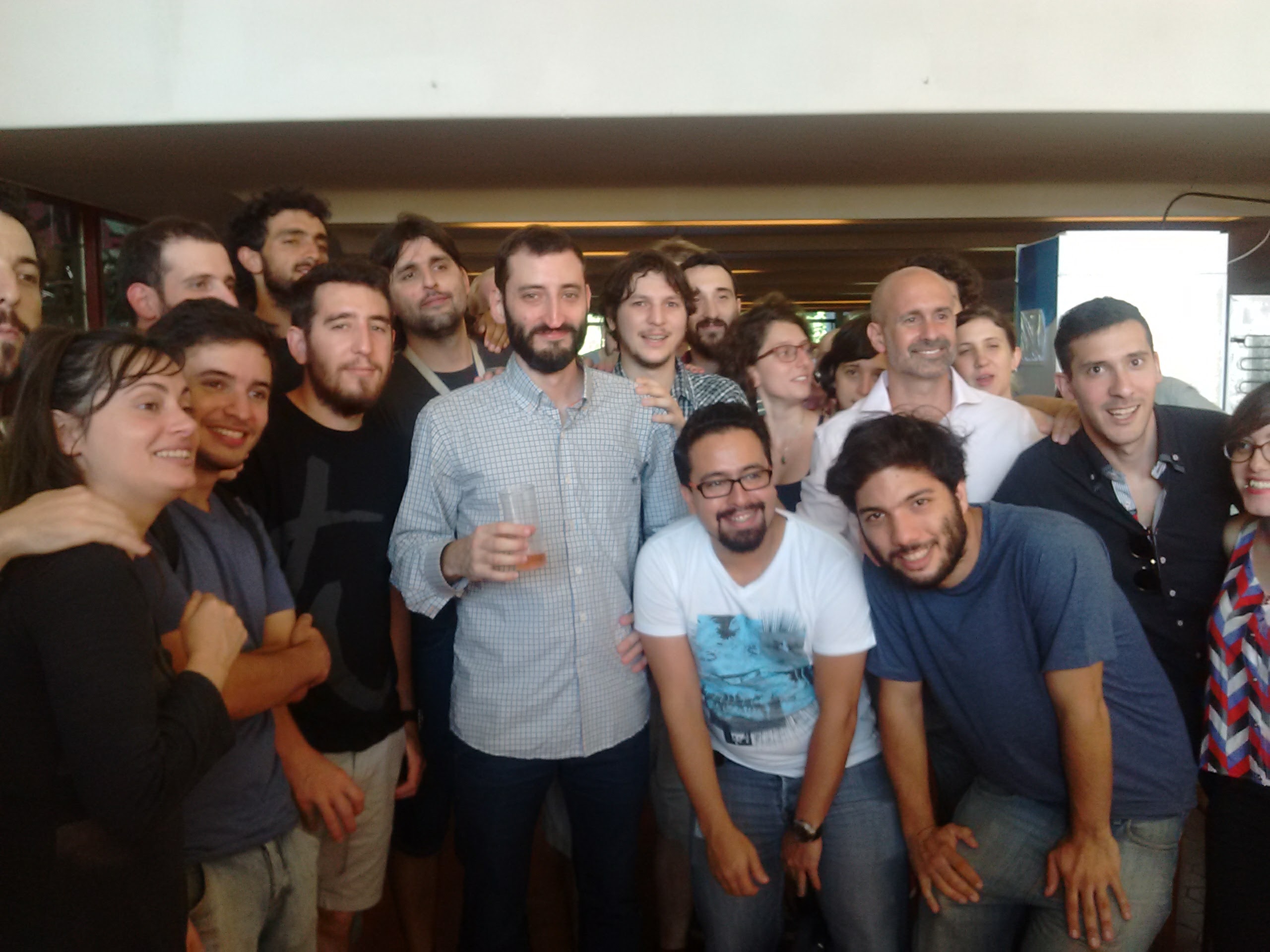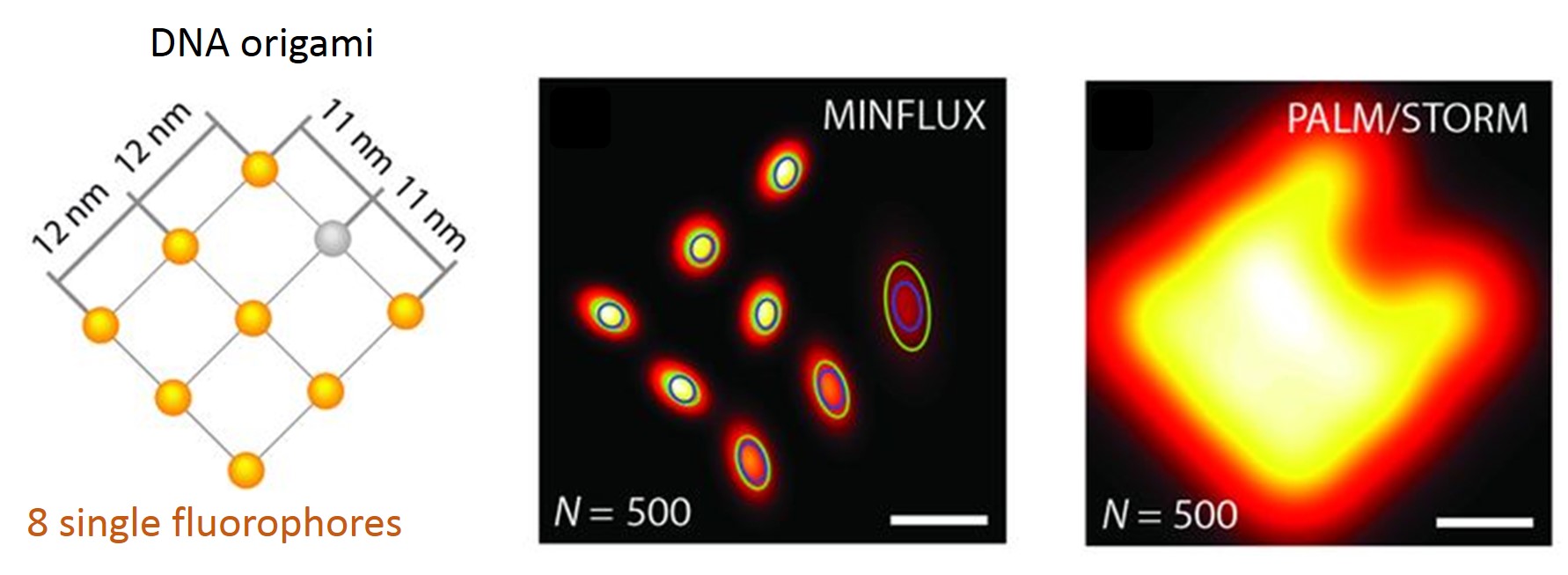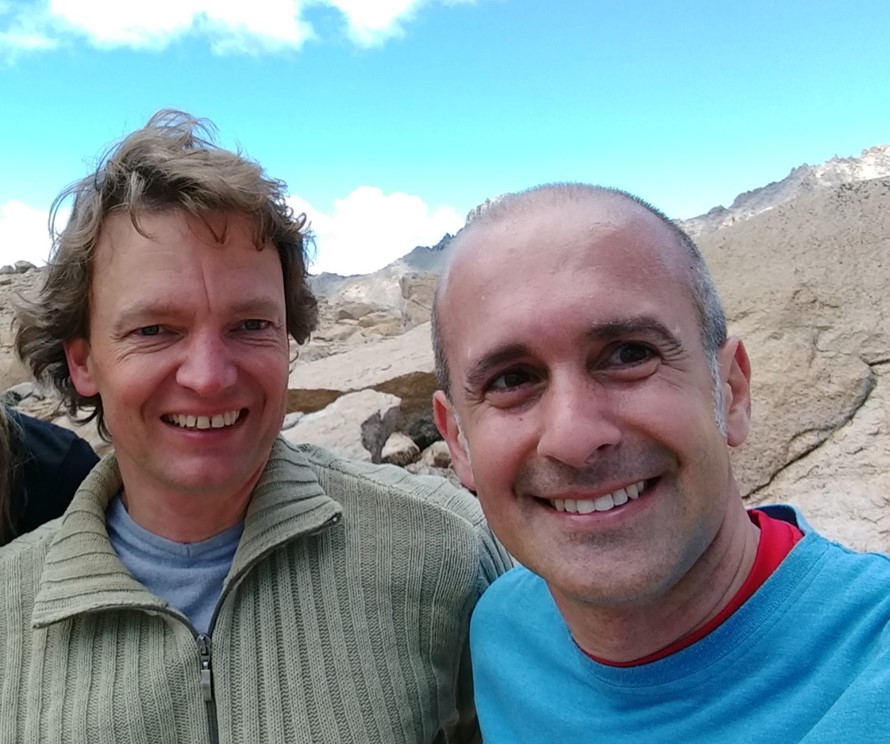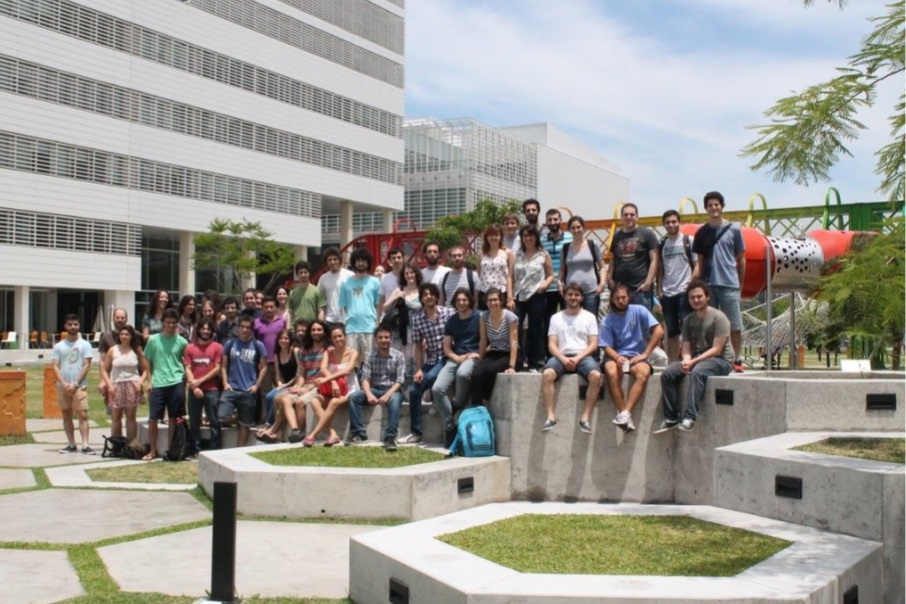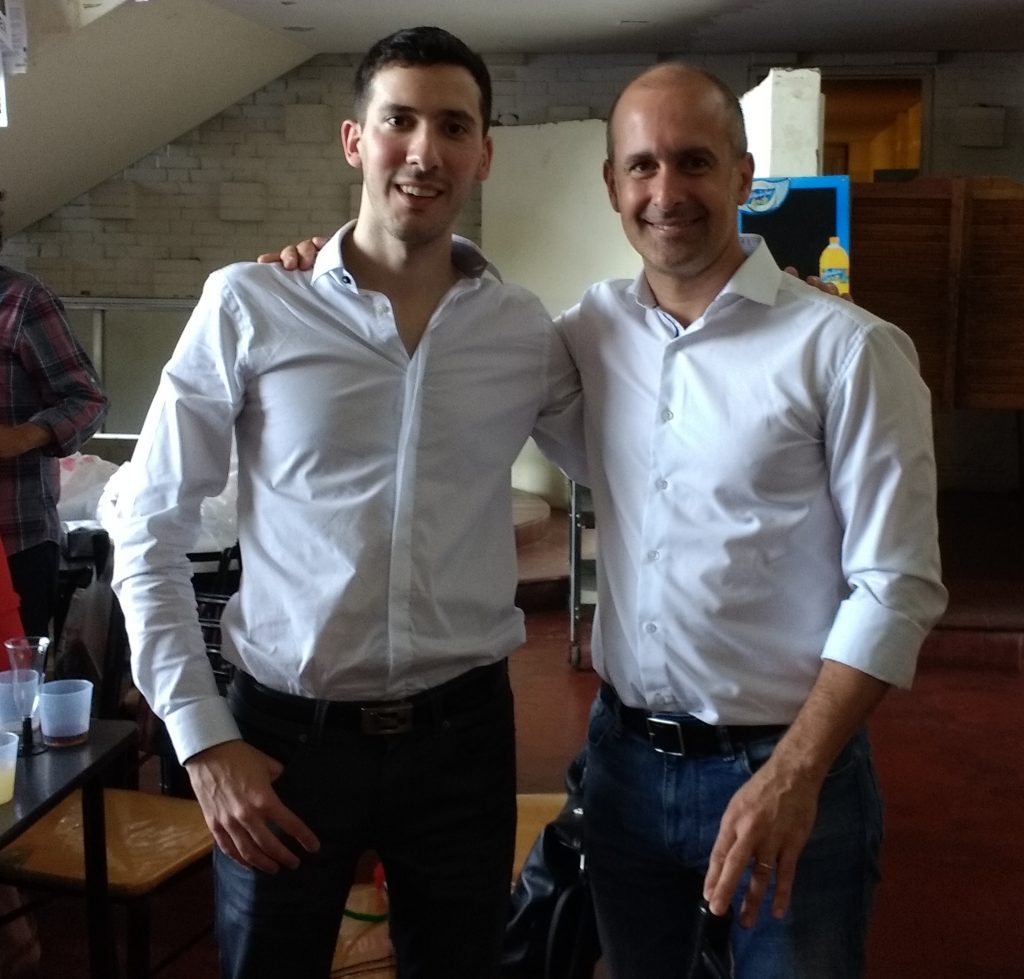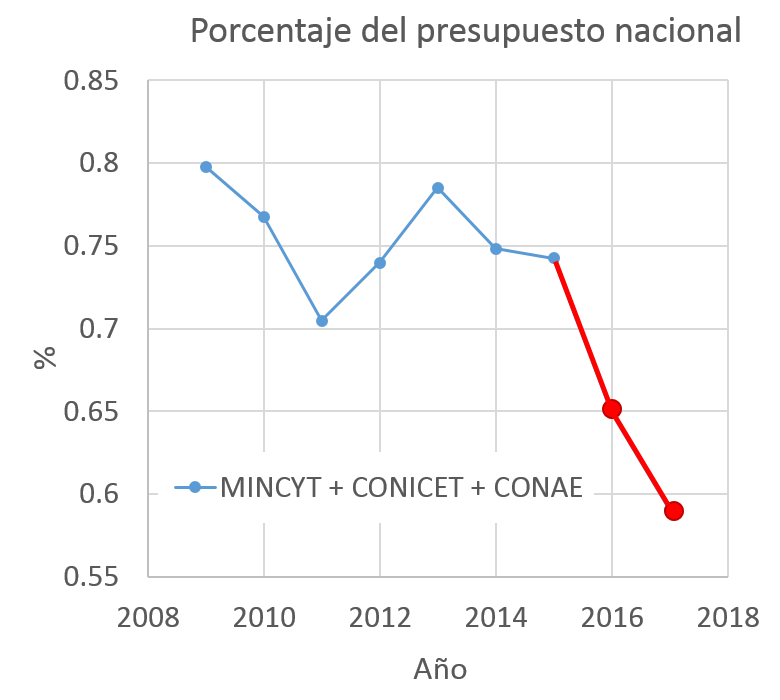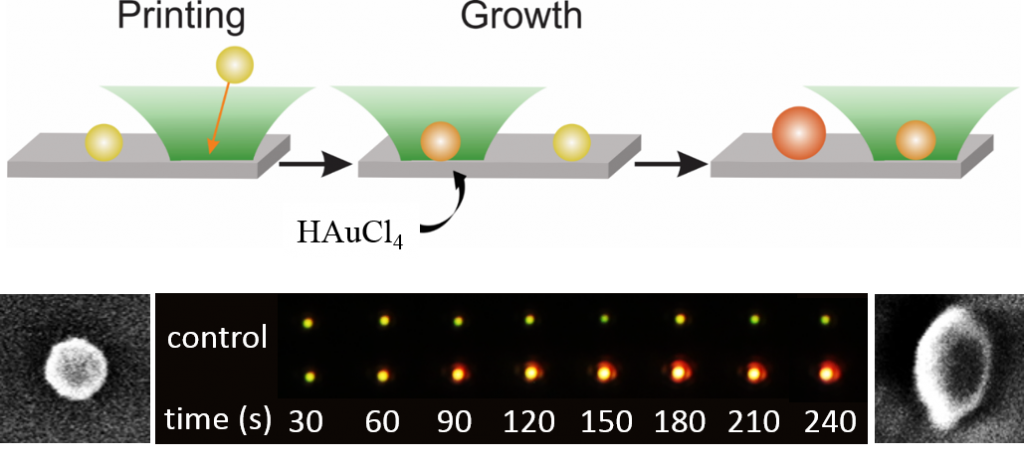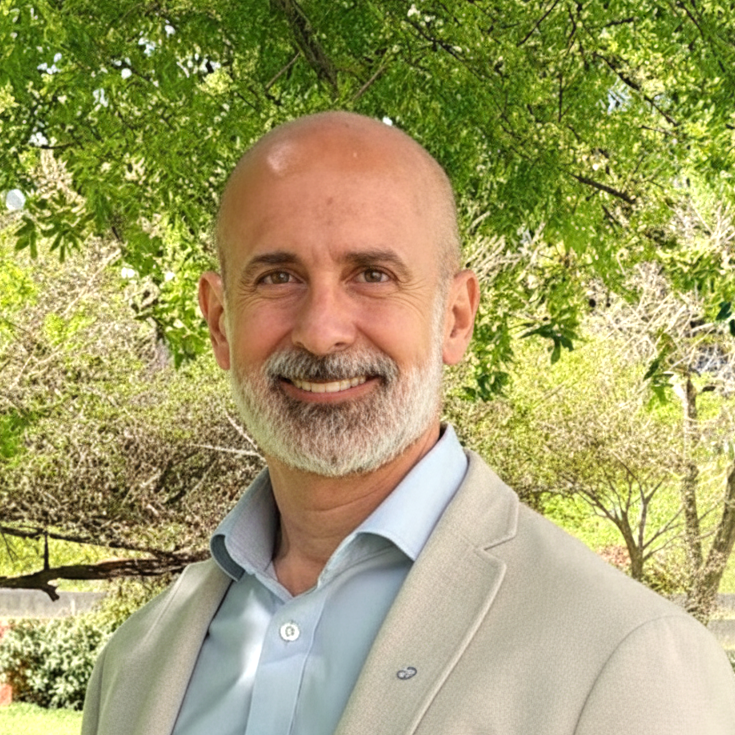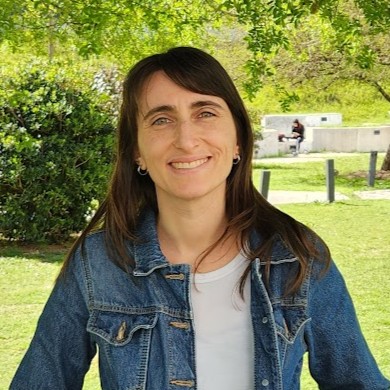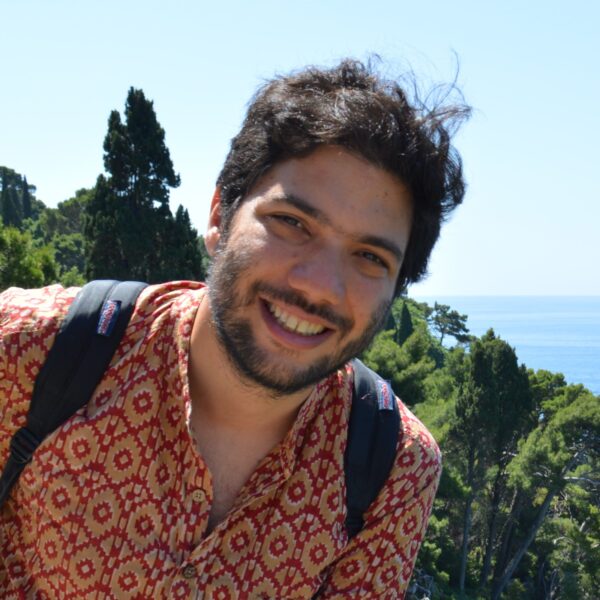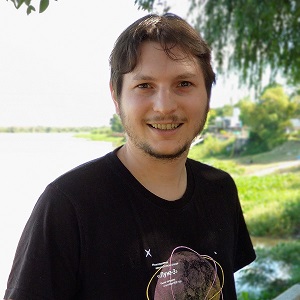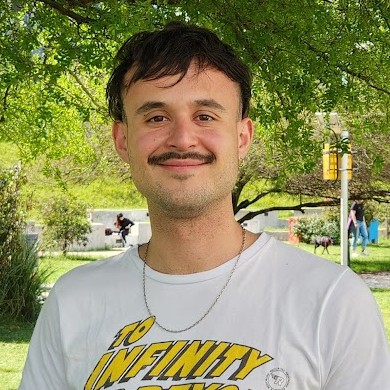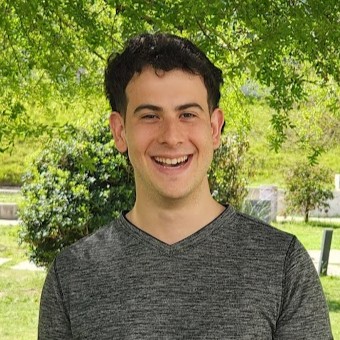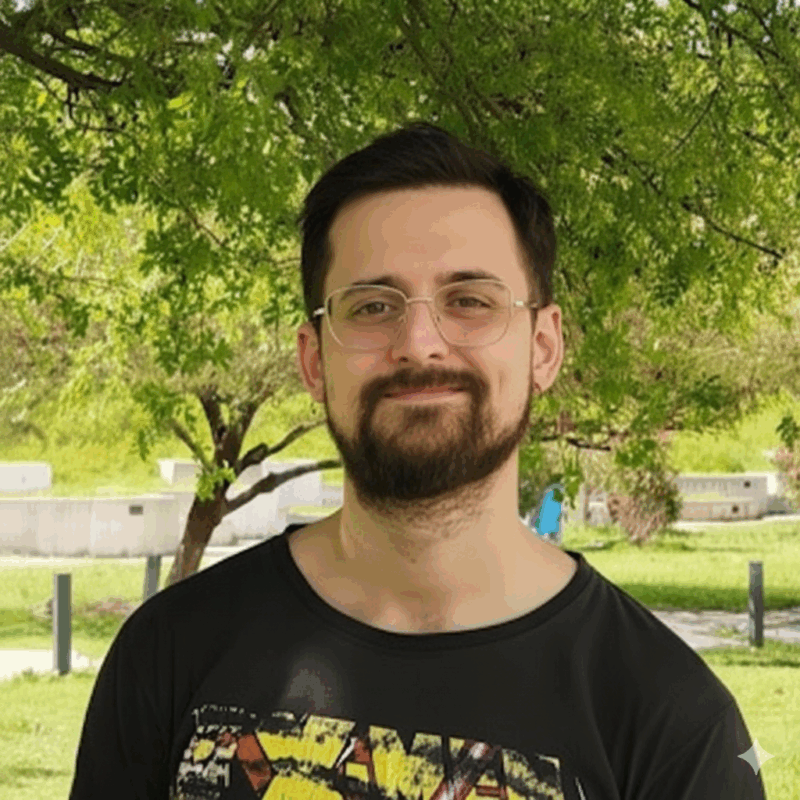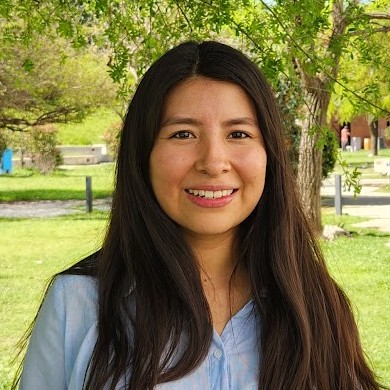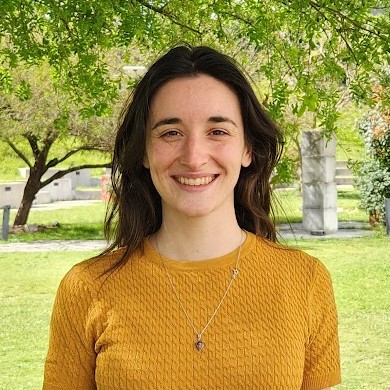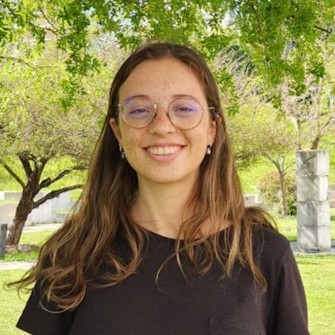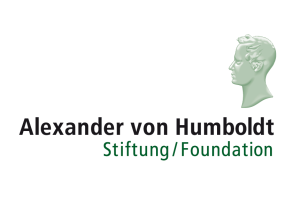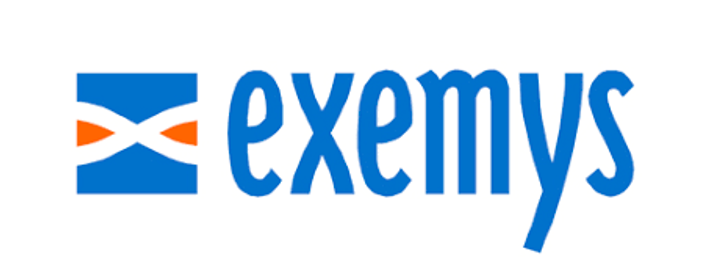Center for Bionanoscience Research (CIBION), National Scientific and Technical Research Council (CONICET)
Physics Department, Faculty of Exact and Natural Sciences, University of Buenos Aires (UBA)
Using optical methods, we explore the properties and technological applications of nanoparticles, single molecules, nanostructured materials, supramolecular assemblies, biological and hybrid nanosystems.
The Applied nanoPhysics Group was launched in October 2009 at the Physics Department, Faculty of Exact and Natural Sciences, of the University of Buenos Aires (UBA)
In 2012 we moved our labs to the Center for Bionanoscience Research (CIBION) of the National Scientific and Technical Research Council (CONICET), while Prof. Stefani still holds his position at the Physics Department of the University of Buenos Aires.
CURRENT RESEARCH ACTIVITIES
Fluorescence nanoscopy.
Super-resolution fluorescence microscopy, also known as fluorescence nanoscopy, has revolutionized biological imaging because they provide deep sub-wavelenght spatial resolution while keeping the low-invasiveness of far-field optical interrogation. We apply and optimize well-established methods like STED and STORM, and develop new ones, such as MINFLUX, and open-source software for fluorescence nanoscopy. With them, we address questions of cellular and neuronal biology.
Optical printing colloidal nanoparticles.
Colloidal chemistry enables the fabrication of nanoparticles of different shapes, sizes and material compositions, that exhibit unique physical and chemical properties, inexistent in bulk materials. In order to make use of those properties in devices and circuits, it is necessary to develope methods to bring the colloidal nanoparticles from the liquid phase to specific locations of solid substrates. We address this challenge using optical forces.
Self-assembled Nanophotonic Devices.
Semiconductor-based devices are approaching intrinsic limits of speed and heat dissipation.
Optical devices are faster and practically loss-less, but their size miniaturization is limited by the wavelength of light. Nanophotonics and Plasmonics deals with the manipulation of light at the nanoscale. We investigate light-matter interaction between single-photon emitters and metallic nanoparticles organized in nanodevices by self-assembly.
LATESTS NEWS
Congratulations Dr. Barabas!
Today, Federico Barabas defended his doctoral thesis "Nanoscopía de fluorescencia por localización estocástica de moléculas individuales" at the Physics Department of the Faculty of Exact and Natural Sciences, University of Buenos Aires, obtaining the highest honors. We highly appreciate the evaluation by the jury: Prof. Dr. Francisco Barrantes, Prof. Dr. [...]
A plasmonic Mirage effect misleads single molecule localization
Determining the position of single fluorescent molecules is the key concept for all coordinate-stochastic fluorescence nanoscopy methods, such as PALM or STORM, also known as single-molecule localization microscopy (SMLM). Applying these concepts to study nanophotonic devices and interactions between molecules and nanoparticles seems straightforward at first, but it is not! [...]
MINFLUX: a breakthrough in optical microscopy
Fluorescence nanoscopy is revolutionizing biological imaging because it keeps all the advantages of fluorescence-based imaging (specificity, sensitivity, low-invasiveness) but provides a spatial resolution no longer limited by diffraction. Although theoretically, all these methods provide unlimited resolution, in practice they are limited by the photostability of fluorophores. The limited photon budget [...]
Visiting Professor Thomas Klar
We are happy to receive Prof. Dr. Thomas Klar as a visiting researcher of CONICET. He will stay with us for 3 months. Following the steps of Philip Tinnefeld, he also arrived just in time for the famous Physics Department bbq! Welcome, Thomas!
OSA Student Chapter – 2nd Metting of Young Researchers in Optics and Photophysics
After the success of the first meeting, CIBION hosted the 2nd Metting of Young Researchers in Optics and Photophysics sponsored by the Optical Society of America through its Student Chapter. Again, it was a great success. Congratulations to the local organizers and all participants. We look forward to the [...]
Congratulations Dr. Bordenave!
Today, Martin Diego Bordenave defended his PhD thesis "Mediciones con resolución nanométrica mediante depleción por emisión estimulada" at the Physics Department of the Faculty of Exact and Natural Sciences, University of Buenos Aires, obtaining the highest honors. In his thesis, Martín built and applied two STED nanoscopes: - firstly, [...]
Presupuesto MINCYT, ANPCYT, CONICET, CONAE
Es importante que la comunidad científica, y sus socios industriales, conozcan la evolución de la inversión pública en el sistema científico. Lamentablemente, el proyecto de ley de presupuesto enviado por el Poder Ejecutivo Nacional impone importantes recortes para el año próximo. Los invito a leer, comentar y ampliar estos estudio: [...]
Directional, light-induced growth of nanoparticles
Although there are numerous ways reported to induce the growth of nanoparticles with light, very little is known about the role of polarization. Most of the experiments reported so far were done with nanoparticles in suspension, where only average information can be obtained and the role of the polarization of [...]
COLLABORATORS
STEFAN HELL
Max-Planck-Institute for Biophysical Chemistry (Göttingen, Germany)
THOMAS JOVIN
Max-Planck-Institute for Biophysical Chemistry (Göttingen, Germany)
ALFREDO CÁCERES
Instituto Universitario de Ciencias Biomédidas de Córdoba (Córdoba, Argentina)
PHILIP TINNEFELD
Ludwig-Maximilians-University Munich (Germany)
GUILLERMO ACUNA
University of Fribourg (Switzerland)
ANDRÉS ZELCER
Centro de Investigaciones en Bionanociencias (Buenos Aires, Argentina)
ANDREA BRAGAS
University of Buenos Aires (Argentina)
DARÍO KRAPF
Instituto de Biología Molecular y Celular de Rosario (IBR – Santa Fe, Argentina)
SABRINA SIMONCELLI
University College London (UK)
DAMIAN REFOJO
Biomedicine Research Institute of Buenos Aires (Argentina)
RODRIGO PALACIOS
Universidad Nacional de Río Cuarto (Córdoba, Argentina)
OSCAR CAMPETELLA
Universidad Nacional de General San Martín (Buenos Aires, Argentina)

